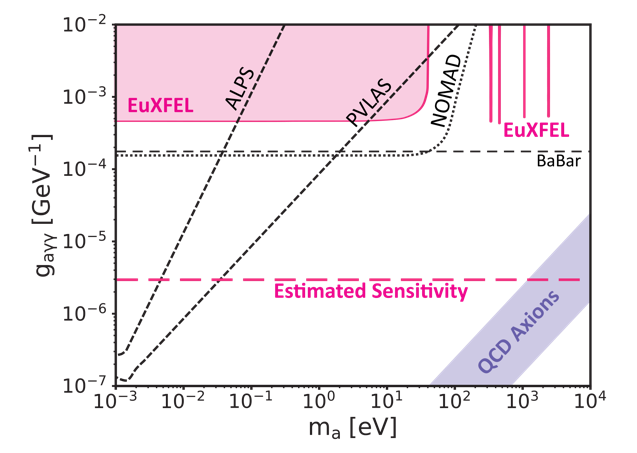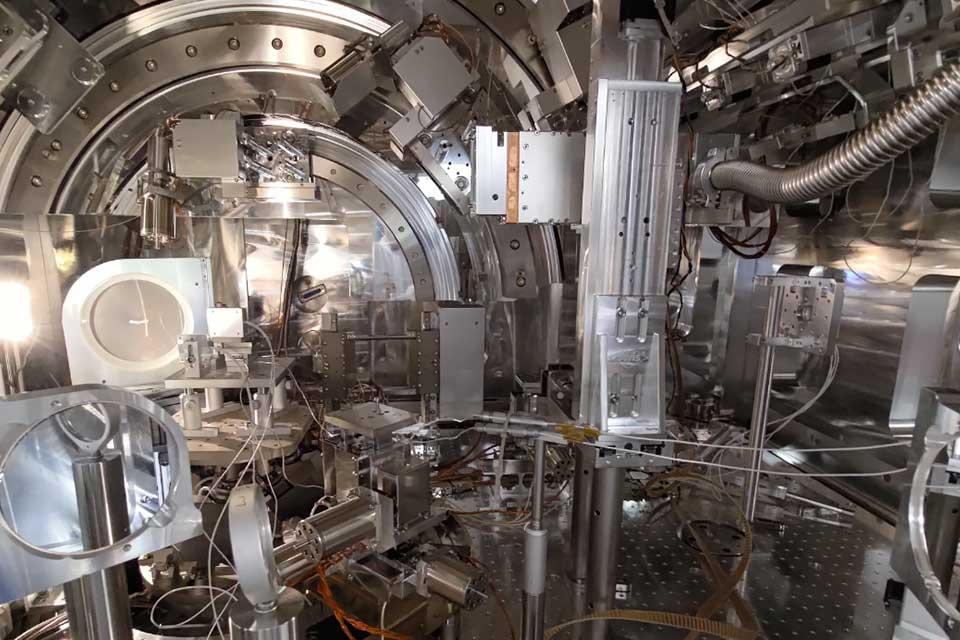Researchers have unveiled an innovative experimental approach using an X ray free electron laser (XFEL) to probe for axions – elusive particles that may make up dark matter. The results, published in Physical Review Letters, represent a new step forward in the ongoing exploration of the dark Universe.
Axions, hypothetical particles beyond the Standard Model, are of great interest because they resolve a longstanding puzzle in quantum chromodynamics (QCD), and are also natural candidates for the cold dark matter that constitutes most of the structure in the Universe. In the new experiment, intense, ultra short X ray pulses from the European XFEL at Hamburg were directed through thin slabs of precisely oriented germanium crystals – a setup designed to convert between photons and axions. If observed, this process would provide direct evidence for new physics beyond the Standard Model.
‘This pioneering “proof-of-principle” experiment underscores the versatility of XFEL technology in addressing some of the most challenging questions in fundamental physics,’ said Principal Investigator Professor Gianluca Gregori from Atomic and Laser Physics at the University of Oxford. The study’s findings pave the way for future experiments in which researchers will focus on 'heavy' axions – motivated by the work of Co-Investigator Professor Subir Sarkar from the Rudolf Peierls Centre for Theoretical Physics at the University of Oxford. In these proposed experiments, the collaboration anticipates achieving sensitivity to QCD axions, exceeding the current state of the art by a factor of several hundred.

The researchers paid tribute to their colleague Professor Ian Shipsey from Particle Physics at Oxford who was a co-investigator on their project and closely involved in planning the experiment, but tragically passed away before the analysis was completed.
Bounds on heavy axions with an x-ray free electron laser, J Halliday et al, Physical Review Letters, 6 Feburary 2025

